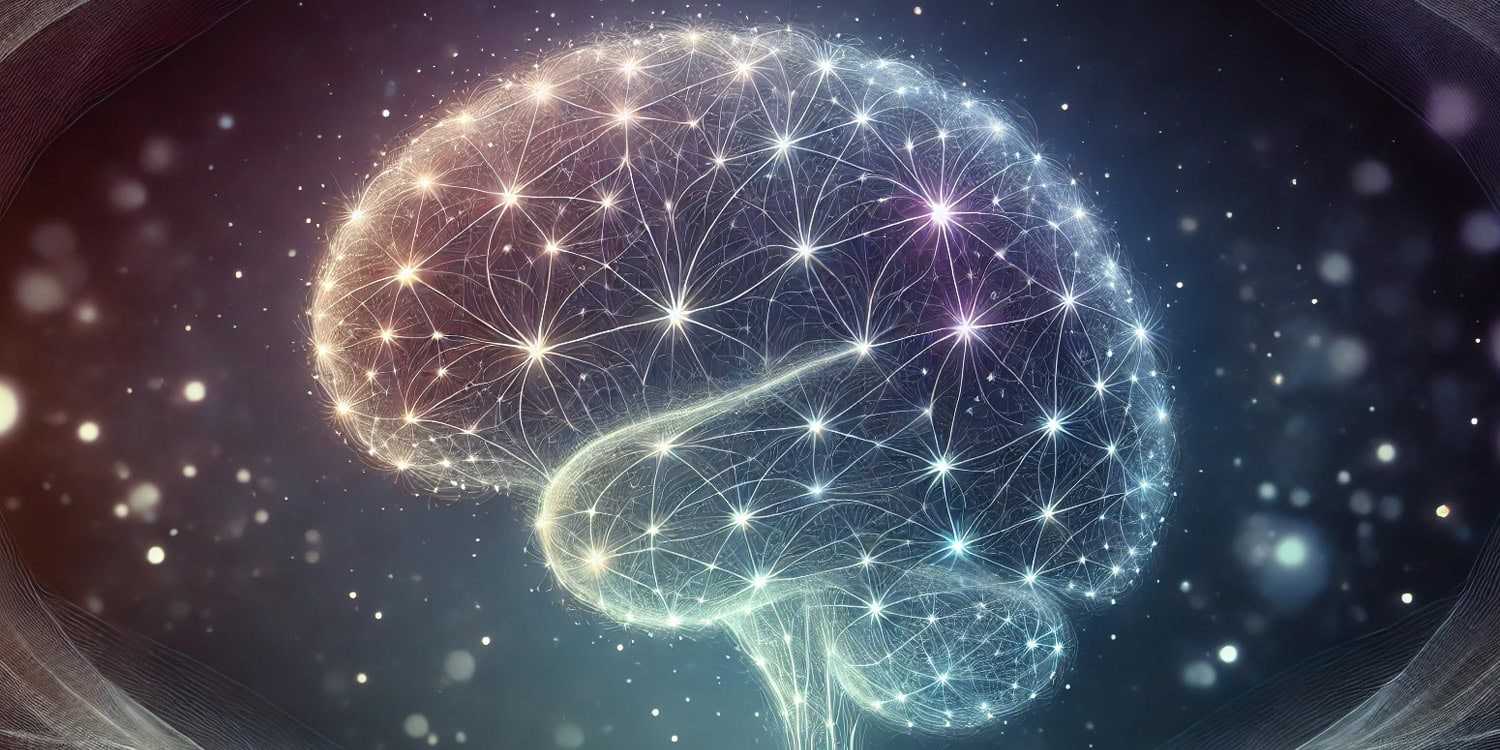A recent study published in Biological Psychiatry sheds new light on the neurological differences between different types of insomnia. The research suggests that structural brain connectivity – how different regions of the brain are wired together – differs across four of five insomnia subtypes. These findings could lead to more targeted treatment approaches for individuals who struggle with insomnia, offering hope that therapies could one day be tailored to an individual’s specific brain characteristics.
Insomnia affects a large portion of the population, with approximately 10% of adults in Europe suffering from it. People with insomnia experience trouble falling asleep, staying asleep, or waking up too early, and these disruptions often lead to difficulties functioning during the day. Beyond the immediate discomfort, insomnia is associated with a higher risk of other health issues, including cardiovascular problems, obesity, and mental health disorders such as depression and anxiety. Cognitive behavioral therapy is commonly used to treat insomnia, but it doesn’t work for everyone, even when combined with medication.
To improve treatment outcomes, scientists believe that a better understanding of the brain mechanisms underlying insomnia is necessary. Previous neuroimaging studies have provided some insight, suggesting that insomnia may involve disruptions in large-scale brain networks such as the default mode network and the salience network. However, findings have been inconsistent. One reason could be the considerable variation among individuals with insomnia – a disorder that might not have a one-size-fits-all cause or treatment.
Recently, researchers discovered five distinct insomnia subtypes, each with its own profile of distress levels and personality traits. These subtypes were identified through a data-driven approach, rather than being based solely on sleep patterns, making the classification more robust. The goal of the current study was to examine whether these subtypes also differ in their brain structure. If these structural differences could be identified, it could open up new possibilities for more personalized treatment approaches.
“When we started to think about subtypes years ago, we considered that different combinations of minor deviations (towards the sides of the normal distribution) in brain circuits could have a final common path of a brain vulnerable to insomnia. At that time, no big database with MRI data in people with insomnia was available. Therefore, we tried to assess proxy measures for individual differences in brain circuits,” explained study author Eus van Someren, a professor at the Netherlands Institute for Neuroscience.
“We selected a large number of life history, mood, and personality trait questionnaires that had been associated with individual differences in brain circuits. We implemented them on our website ‘slaapregister.nl‘ for volunteers to fill out. Thousands of people completed the long list of questionnaires. We used data-driven clustering approaches to find specific profiles of scores on the questionnaires within the people that suffered from insomnia.”
“So, it has been on purpose that we assessed multiple non-sleep characteristics for the very reason that they reflect individual differences in brain circuits. We showed that specific combinations of higher scores (reflecting specific combinations of profiles of slightly deviating brain structure) can indeed all prime people towards vulnerability to insomnia. This new paper, led by Tom Bresser from my research group, has now found the first brain structural differences associated with the subtypes.”
To investigate these potential brain differences, the researchers collected data from 204 people with insomnia and compared them to 73 individuals without sleep complaints. These participants were recruited through the Netherlands Sleep Registry and underwent a series of evaluations to determine their level of insomnia and assign them to one of the five insomnia subtypes.
The researchers focused on three key brain regions: the frontal, orbitofrontal, and temporal areas. These regions were chosen because they are thought to be linked to the mood and personality traits that distinguish different insomnia subtypes.
To assess brain connectivity, the researchers used a technique called diffusion-weighted imaging, which measures the structural connections, or “wiring,” between different parts of the brain. They specifically looked at the white matter, which forms the connections between brain regions, using measures such as fractional anisotropy, streamline volume density, and mean diffusivity to capture the integrity of these connections.
The study then compared the brain connectivity patterns of the individuals with insomnia to those of the control group without sleep complaints. Importantly, the researchers conducted permutation tests – a method of statistical testing – to confirm that the observed differences were specific to the insomnia subtypes and not just random variations in the data.
The researchers found that four of the five insomnia subtypes had distinct profiles of brain connectivity deviations when compared to people without insomnia.
The highly distressed subtype had the most pronounced deviations, particularly in the default mode network. This network is responsible for functions such as self-reflection, daydreaming, and mind-wandering. In people with insomnia, the default mode network might be hyperactive, leading to excessive internal focus, possibly contributing to the rumination and emotional distress often experienced by people with this subtype. The connectivity deviations in this network were far less pronounced in the other subtypes, suggesting that this may be a key feature of the highly distressed group.
By contrast, the moderately distressed reward-sensitive subtype displayed fewer deviations overall, particularly in the ventral attention network. This network is involved in shifting attention and responding to unexpected or important stimuli in the environment. The relatively lower connectivity deviations in this group suggest that their insomnia may not be driven by heightened sensitivity to external stimuli, which could explain why they might experience less distress compared to the highly distressed group.
The study also revealed that the slightly distressed low-reactive subtype exhibited significant deviations in the ventral attention network, indicating that this group might have heightened sensitivity to environmental changes or disruptions. In contrast, the slightly distressed high-reactive subtype showed more widespread deviations across several networks, including the somatomotor and limbic networks, which are involved in movement, sensory processing, and emotional regulation. This suggests that this group may have more general disruptions in brain connectivity that contribute to their experience of insomnia.
The fifth subtype, known as the moderately distressed reward-insensitive subtype, did not show significant or specific deviations in brain connectivity when compared to the other four subtypes. This lack of notable connectivity differences may suggest that this group’s experience of insomnia is not as strongly linked to the brain network disruptions observed in the other subtypes.
One particularly interesting finding was that some subtypes exhibited opposing connectivity patterns. For instance, while one subtype might show increased connectivity between certain regions, another might show decreased connectivity in the same areas. This suggests that the same symptoms of insomnia, such as difficulty sleeping or early morning awakening, may arise from very different underlying brain mechanisms depending on the subtype.
The findings demonstrate that “people with quite different small deviations in brain connectivity can experience the same insomnia complaints,” van Someren told PsyPost.
One limitation of the study is that while the researchers identified five distinct insomnia subtypes based on personality and mood traits, they cannot be certain whether more subtypes exist beyond the ones they uncovered. The data-driven approach they used allowed them to differentiate these five groups, but given the complexity of insomnia and its underlying brain mechanisms, there could be additional subtypes.
Van Someren noted that in their previous research, he and his colleagues discovered that insomnia subtypes differ in their lifetime risk for mood and anxiety disorders. This is significant because, while many studies had already shown insomnia to be a major risk factor for these disorders, there was previously no way to predict which individuals with insomnia were more likely to develop them.
“Subtyping increases the accuracy of the prediction. Some subtypes have a high risk, others no elevated risk at all, independent of the severity of sleep complaints,” van Someren explained. “The new findings have relevance as well for trying to understand brain characteristics underlying vulnerability versus resilience to mood and anxiety disorders.”
“Given these findings on the importance of subtyping to prioritize people at risk for preventive intervention, we are now recruiting people with current anxiety disorder for a large study to evaluate whether they may recover faster if we improve their sleep.”
The study, “Insomnia Subtypes Have Differentiating Deviations in Brain Structural Connectivity,” was authored by Tom Bresser, Tessa F. Blanken, Siemon C. de Lange, Jeanne Leerssen,
Jessica C. Foster-Dingley, Oti Lakbila-Kamal, Rick Wassing, Jennifer R. Ramautar, Diederick Stoffers, Martijn P. van den Heuvel, and Eus J.W. Van Someren.




